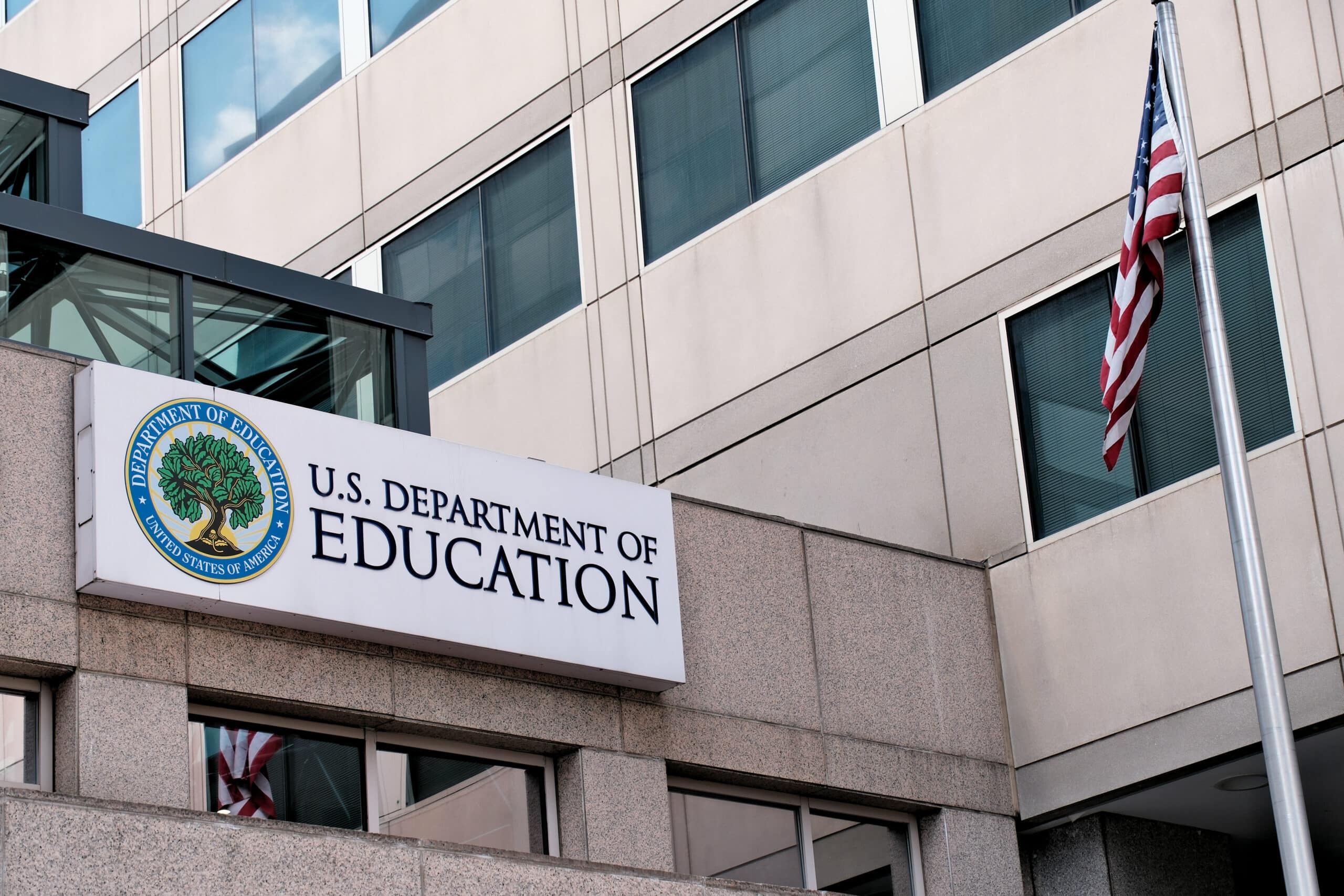Recent shifts in higher education funding have caused significant unease among university leaders, prompting some institutions to pause or reduce their planned investments. This uncertainty has been amplified by recent announcements suggesting major restructuring or even dismantling of the Department of Education, alongside proposed restrictions on federal funding for higher education. There are lots of conversations happening around what potential impacts these proposed changes will have.
However, amid this uncertainty, now is precisely the right time for universities to strategically invest in technology and campus safety programs.
Let’s break down why.
First and foremost, a university’s highest responsibility is ensuring the safety and security of its students, faculty, and staff.
Safety isn’t an optional expense—it’s foundational to creating an environment where educational and professional communities can thrive. In times of heightened tensions and instability, the importance of a secure campus only intensifies. Institutions that deprioritize campus security risk long-term damage to their reputations, potentially hindering future recruitment and retention efforts.
Leveraging advanced safety technology, such as SafeZone, offers universities an opportunity to maximize existing budgets by shifting investments rather than increasing them. SafeZone’s uniqueness lies in its comprehensive, campus-wide safety approach—integrating multiple systems and departments (including facilities, study abroad programs, athletics, and counseling) to enhance public safety and streamline response coordination. This unified approach doesn’t just optimize spend; it also ensures broader stakeholder engagement, demonstrating prudent stewardship of institutional resources.
Moreover, investing in advanced safety measures directly contributes to a stronger institutional narrative around recruitment and retention. Prospective students and their families consistently rank student safety among their top concerns when selecting a university. Demonstrating tangible commitments to campus safety—especially through advanced, user-friendly technologies like SafeZone—positions universities competitively, reassuring families that student well-being is paramount. Failure to prioritize this critical issue now could result in losing prospective students to institutions that do.

Also of important note, the federal Clery Act, which mandates transparent reporting of campus security policies and crime statistics, continues to see bipartisan support. Despite political uncertainties, the enduring cross-party backing of this federal law underscores the lasting commitment to campus safety and transparency across political lines. Institutions aligning themselves proactively with these federal standards not only enhance their compliance but also boost their reputational strength.
Additionally, in the current environment where grant opportunities are uncertain or being reduced, universities must embrace a “do more with less” mindset. This strategic shift towards unified, streamlined solutions, such as those provided by SafeZone, helps campuses achieve significant cost savings by consolidating disparate security measures into one cohesive, comprehensive system.
Now, more than ever, universities must recognize that campus safety is a crucial investment in their institution’s future. Rather than pausing spending in uncertain times, leaders should thoughtfully realign their budgets to deliver impactful, cost-effective solutions. Investing today in comprehensive campus safety technology not only protects campus communities but also positions universities to emerge stronger, safer, and more attractive to future generations of students.
This strategic focus on public safety and emergency management ensures that institutions are not only compliant but also prepared to thrive in a rapidly evolving environment, setting a new standard for campus security excellence.
